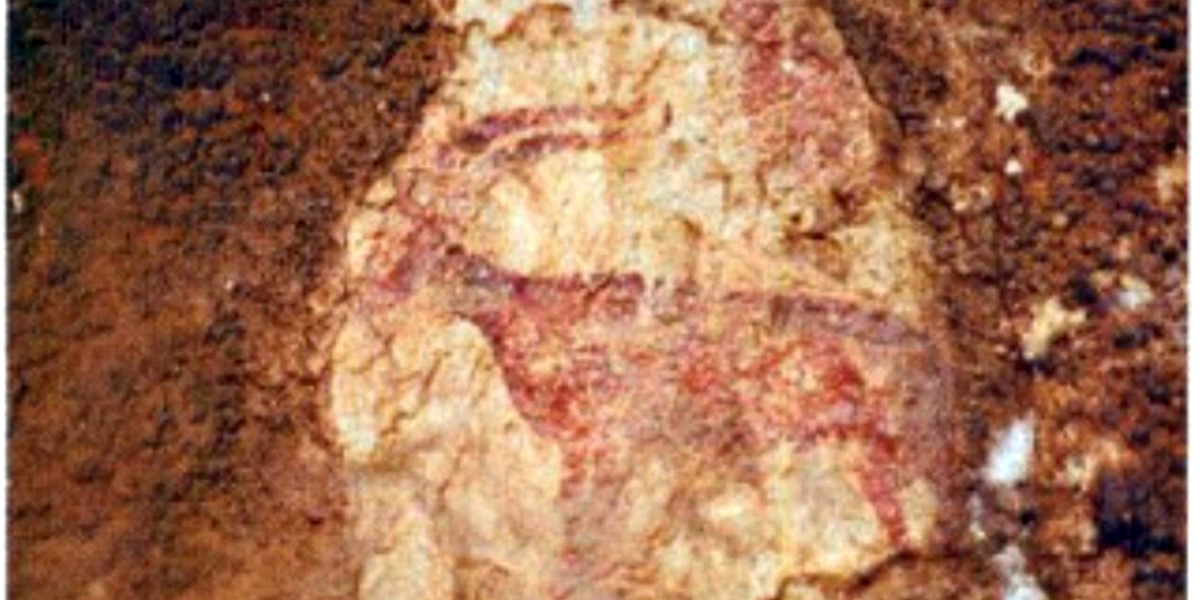
These cave paintings were discovered by F. Navarro Ferré in 1982 and are located on two natural cliff faces in the middle of the forest. One of the representations features a doe, while the other consists of four figures, including a goat, an archer and a female figure.
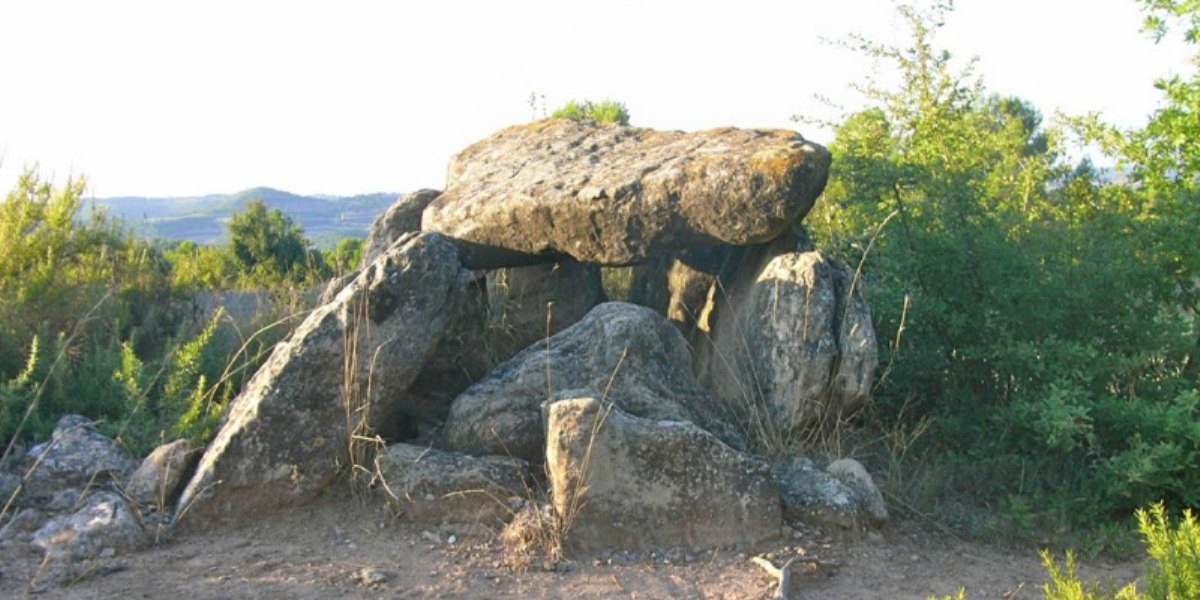
Dolmens are collective tombs made out of large rocks covered by a tumulus and designed to be used for several burials.
For archaeology enthusiasts, we propose a route around Anoia that takes in four of the area’s megalithic tombs.
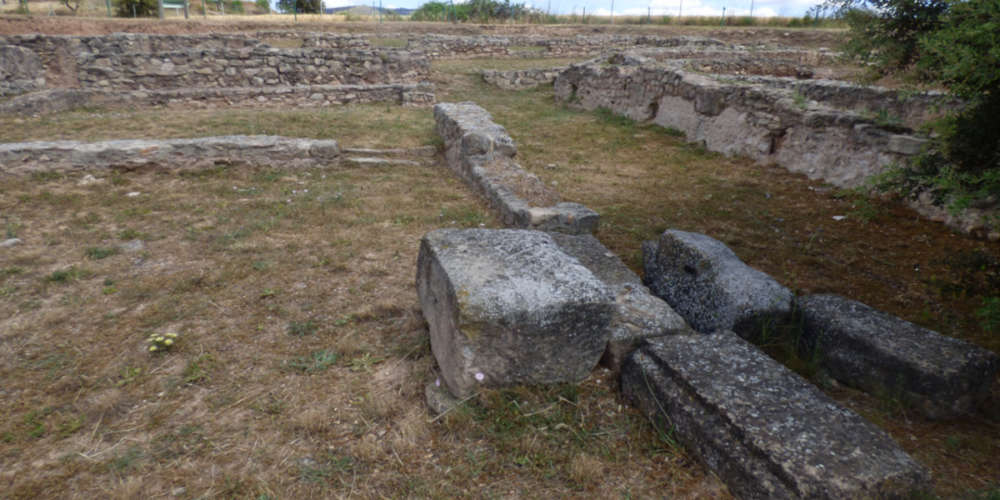
This villa, one of the most important vestiges of Roman Anoia, operated between the 1st century BC and the 3rd century AD and was devoted to the farming of cereals, grapevines and olives.
Visitors can find out about the organisation of estates of this kind, everyday life there and aspects of Roman life in general.
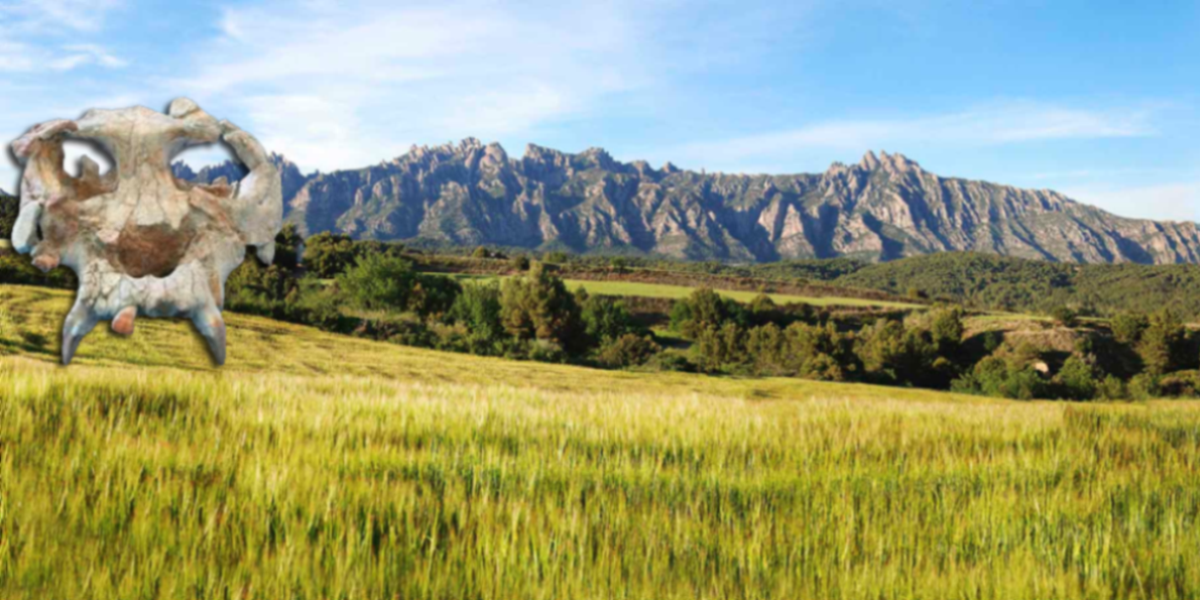
Hostalets de Pierola, a window onto the Miocene epoch
The most important Miocene epoch palaeontological sites in Europe are located in Hostalets de Pierola.
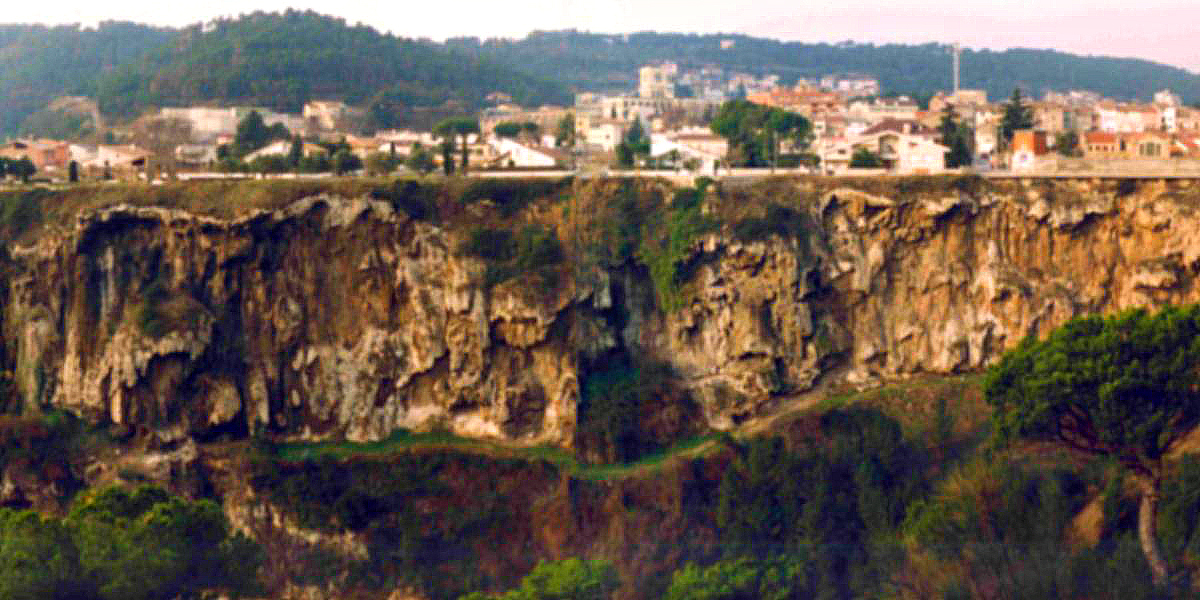
The aim of the Prehistoric Park of Capellades is to protect the natural and archaeological heritage of Capellades, and to position the town as an important centre for Palaeolithic archaeological research and for the dissemination of knowledge on the country’s prehistory.
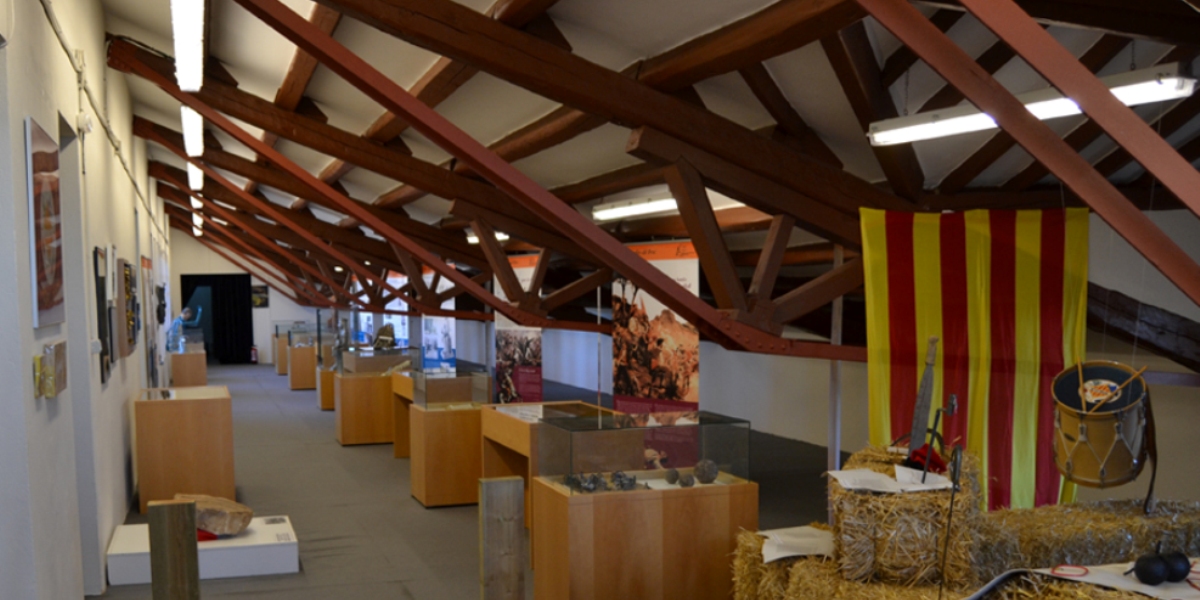
The Montserrat Mountain Museum is housed in the well-known “dormers of Can Casas” (carrer del Bruc del Mig, 55), a modernist building constructed at the end of the 19th century. The museum has a surface area of 400 m2, split into three sections: “Mountain Climbing in Montserrat”; “The Battles of El Bruc” and “The Nature of Montserrat and its Surroundings”.

For centuries, muleteers constituted one of the most important elements of economic activity in the area. They enabled the exchange of goods and information between farmhouses, towns and cities whose inhabitants remained firmly anchored to their immediate surroundings.

Els Hostalets de Pierola, a window to the Miocene.
At Hostalets de Pierola there are the most important paleontological sites from the Miocene of Europe.
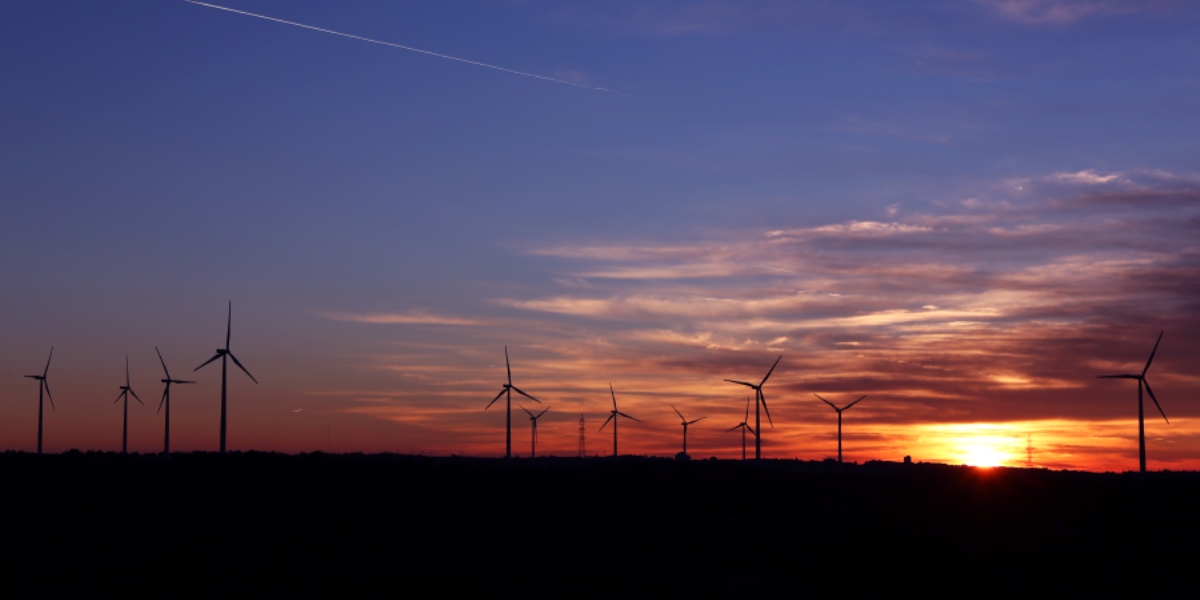
Would you like to know how a wind farm works?
The EOLICCAT association organises guided visits to this wind farm for primary and secondary school groups. Other groups, families and individuals can also request a visit on one weekend day per month.
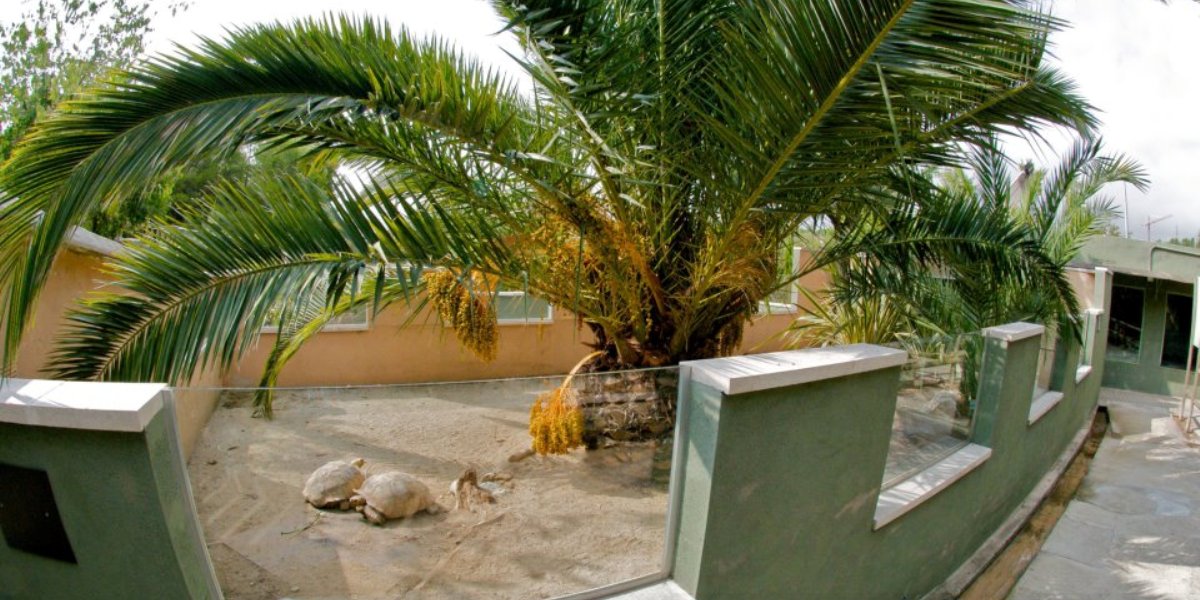
The CRARC is an institution created in 1992 dedicated to rehabilitating wildlife (with the goal of returning it to its natural habitat) and to promoting scientific research and environmental education. It is currently the only wildlife rescue centre in Spain specialising in amphibians and reptiles.
